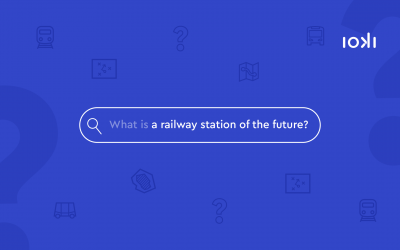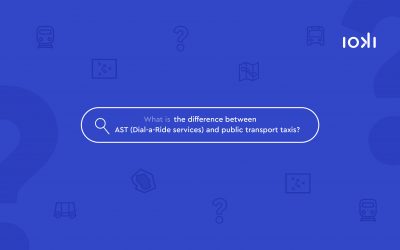Conversely, however, this also means that apps, websites and the like have to be prepared accordingly in order to make all the digital helpers equally accessible to everyone and to guarantee accessibility in the digital world as well.
The individual barriers that have to be overcome in this context can be of diverse nature – for example, visual, auditory, physiological and cognitive. Visual barriers can be compensated, for example, by high-contrast designs, good legibility by a sufficiently large font size, and even by so-called screen readers. Subtitles in videos or, for example, chat functions as a call alternative, on the other hand, counteract auditory limitations. In addition, closed captions can convey non-verbal but acoustic information, such as a door slam, to the viewer. Finally, physiological barriers refer to a limitation, especially in fine motor skills, which plays a not insignificant role in the operation of smartphones. Larger click buttons and the avoidance of links that are too sensitive to movement can already provide an important remedy here. Cognitive barriers can, for example, be expressed in limited speech and reading ability and compensated by measures such as simplified speech.
In summary, digital accessibility means the barrier-free accessibility of media in general. This is the only way to ensure that digitisation represents an equal opportunity for all people. For us in concrete terms, this means that we work daily to ensure that our app, which anyone can use to book smart on-demand mobility anytime and anywhere, is accessible to everyone and functions optimally.



